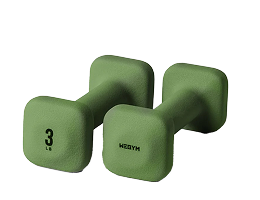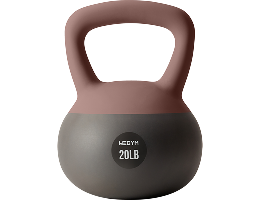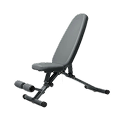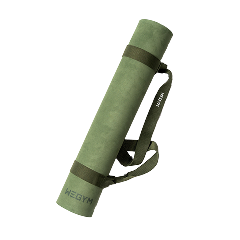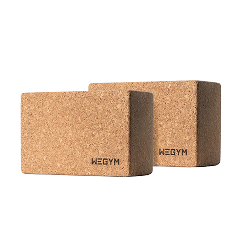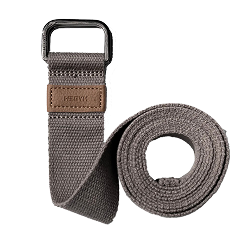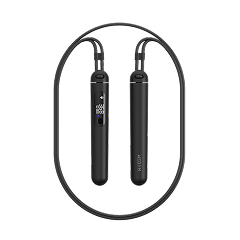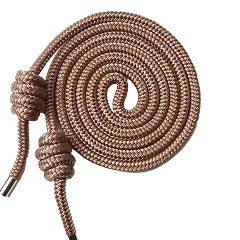Journal
Which Dumbbells Should You Invest In Next? A Trainer’s Guide
If you’re getting into strength training at home, chances are you’ve already bought your first set of dumbbells. That’s a great start—but before long, you’ll probably find yourself asking: what set should I buy next? And it's an important question so you can keep making progress towards your goals! After all, nothing changes if nothing changes.
WeGym Fitness Director Whitney Houlin is here to help! Here's what she had to say when we posed this question to her.
As a trainer, I hear this question all the time. The answer depends less on “what’s the best weight” and more on how you’re using them and what your goals are. Let’s break it down.
1. Start With Your Heaviest Mover
Think about your biggest, strongest exercises—like squats, deadlifts, or chest presses. If your current dumbbells already feel too easy for these lifts, your next set should be heavier so you can keep progressing. For most people, that might mean stepping up in 5–10 pound increments.
2. Don’t Forget the Smaller Muscles
On the flip side, you’ll also want weights light enough for exercises like lateral raises, bicep curls, or tricep kickbacks. If your current set feels challenging only on these smaller moves, your next purchase might actually need to be a lighter set for control and good form.
3. Match Your Training Style
-
Circuit or HIIT training? Go for a moderate weight you can move with speed and endurance, say 8-12lbs.
-
Building strength? Prioritize a heavier set for lower reps. Think 20-25lbs.
-
General health? A middle-ground set you can use across multiple movements might be most useful. Thinking between 10-15lbs.
4. Think Long-Term Versus Short-Term
If your budget allows, consider starting with a set in the lighter range (5-8lbs), a moderate set (8-12lbs), and a heavier set (15-20lbs). This will give you plenty of options to get started without investing in every single size.
5. Listen to Your Body
The “right” dumbbell weight should feel challenging but doable. As a guideline, by the last two reps of your set, you should feel like you’re working hard while still maintaining solid form. If you could keep going endlessly, it’s time to go heavier. If you can’t complete your reps without breaking form, it’s too heavy. For general strength training, the rule is 2-4 sets of 8-12 repetitions.
Bottom Line:
Your next set of dumbbells should help you do more—whether that’s lifting heavier on big moves or gaining control on smaller ones. Start with your goals, check how your current weights feel, and build your collection step by step. Progress isn’t about having every size on the rack; it’s about choosing the next piece of equipment that keeps you moving forward.
